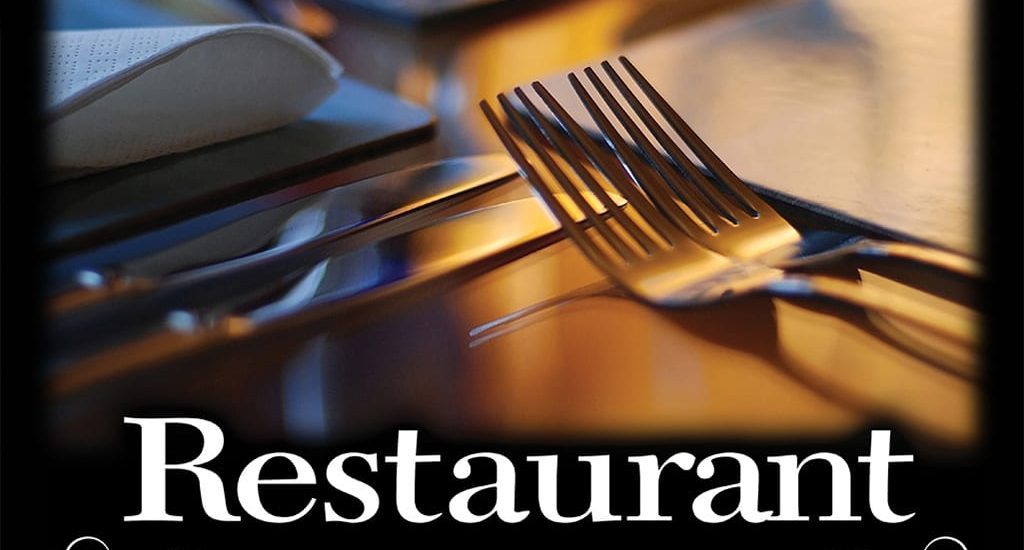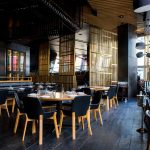- October 20, 2022
- Posted by: simba001
- Categories: Business Insights, Restaurant Management Insights, Restaurant POS System in Kenya

Opening and sustaining successful restaurant management in Kenya – or chain of restaurants – is quite the feat due to the unforgiving nature of the industry. Innovation and efficiency are vital to success, so restaurant owners must always have an intimate knowledge of a variety of performance metrics that can pinpoint the health of a business.
A restaurant doesn’t become successful overnight, and a successful restaurant is never guaranteed to stand the test of time. Owners must track and evaluate a variety of costs and revenue channels over a period of time to continuously assess trends and ways to make improvements.
Let’s look at 9 key restaurant performance metrics you should be measuring for your business:
Innovation and efficiency are vital to successful restaurant management in Kenya , so restaurant owners must always have an intimate knowledge of a variety of performance metrics that can pinpoint the health of a business.
Break Even Point
This performance metric is especially important for business owners looking for investors or those opening a new restaurant. Break even point measures how much your restaurant must make in sales to earn back an investment. From there, this number can be used to estimate the return on investment.
Break even point can also be used when considering the feasibility of new purchases. The cost of the purchase doesn’t matter as much as knowing how long it will take to pay it off.
Cost of Goods Sold
The cost of goods sold metric is basically a calculation of your inventory during a certain time period because it is the cost to create each of the food and beverage items on your menu. This is an important metric to track because it is generally the largest expense restaurants have on a consistent basis. Tracking this metric provides insight into how costs can be minimized. Whether you need to utilize more in-season ingredients or negotiate better prices with a distributor, the cost of goods sold should always be top of mind for restaurant owners who want to execute successful restaurant management in Kenya.
Overhead Rate
Measuring overhead rate allows restaurant owners to understand how much it costs to run their business (when looking at fixed costs). Overhead rate is calculated by taking the total number of fixed costs in a month and dividing by the number of days and hours the restaurant is open.
Gross Profit
Gross profit is calculated by subtracting the cost of goods sold from the restaurant’s total revenue for the month. The resulting amount can then be saved or put toward paying off expenses.
Prime Cost
Your restaurant’s prime cost is simply the sum of the cost of goods sold and all labor costs (hourly, salaried, etc.). This metric is often used to find ways a restaurant can decrease costs and increase profit. For example, if labor can be handled more efficiently, then the restaurant can turn a larger profit
Food Cost Percentage
Food cost percentage is simply the difference between the cost of creating menu items (meaning all ingredients) and the prices the items are sold at. This is critical for successful restaurant management in Kenya
Employee Turnover Rate
Your employee turnover rate is the percentage of employees that must be replaced over a given period of time. A high employee turnover rate is common throughout the restaurant industry, but it puts a dent in operational efficiency because much time and energy must be expended getting new hires up to speed.
Table Turn
“Table turn” refers to the time that elapses between guests being seated and leaving. Although guests should never be hurried along, faster table turns means larger profits for a restaurant. Once this metric has been tracked for a while, patterns will begin to emerge and areas for improvements should be identified. An efficient kitchen and quick turnaround on the check are two of the best ways to ensure table turn isn’t hurting your bottom line.
Seating Efficiency
When a couple is seated at a large table or booth, that is a perfect example of poor seating efficiency. The extra seats at that table could’ve been used for a larger group. Matching the right group with the right table can be difficult, but it is essential to maximizing the effectiveness of your seating plan.
There’s nothing worse than having a bunch of open seats and not being able to seat a group that walks in. It’s likely not possible to achieve perfect seating efficiency, but paying attention to this performance metric can provide dividends.
Wait Time
Wait times come with the territory, but having an accurate estimate is very important for both the customer and the restaurant itself. Customers don’t want to be waiting longer than expected; additional waiting can cause tempers to flare and customers to leave. Even worse, incorrectly predicting a long wait time could cause customers to try a different restaurant.
While all of these successful restaurant management in Kenya can be calculated manually, a powerful and intuitive POS system can automatically track performance and greatly reduce the time spent pouring over numbers. Installing the right point of sale system can go a long way toward ensuring success for a restaurant. Keep your business running efficiently and successfully! Contact a SimbaPOS specialist today.





